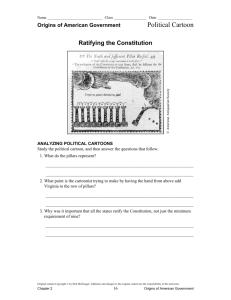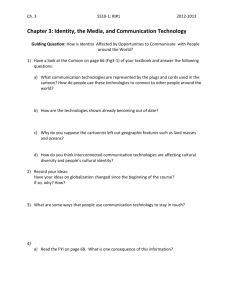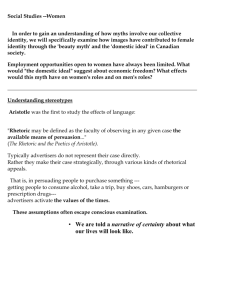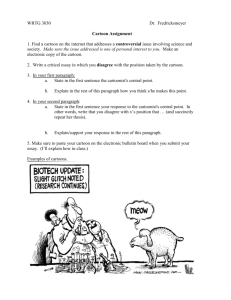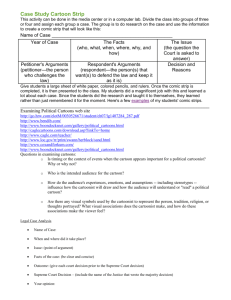Cartoons of CP Article Overview
advertisement
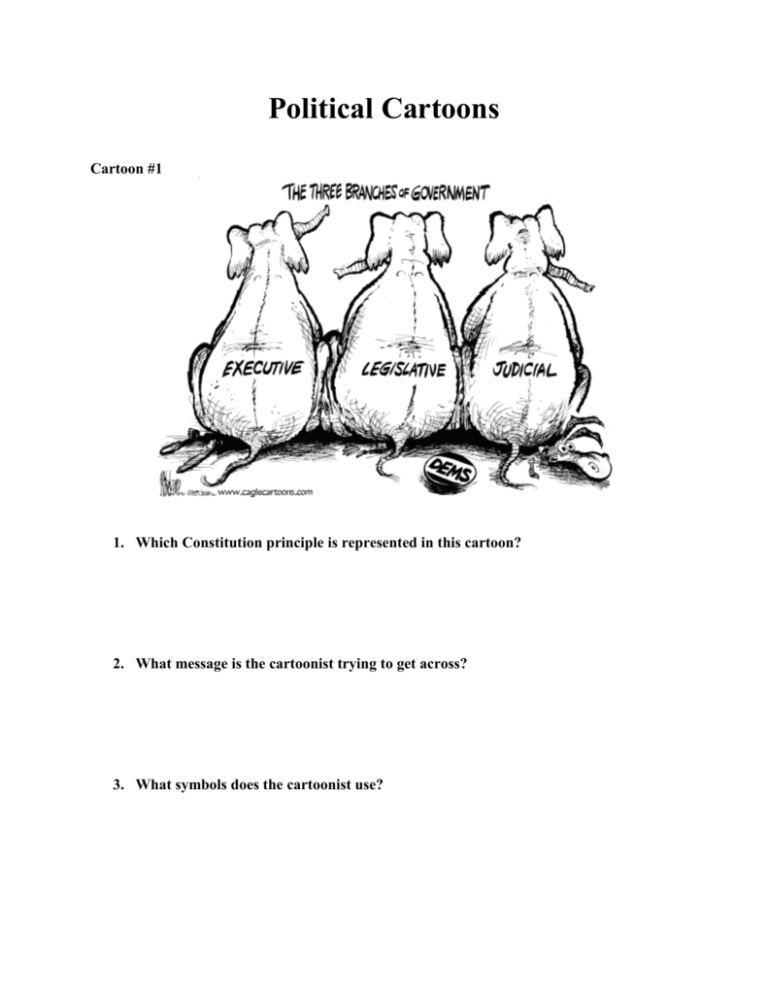
Political Cartoons Cartoon #1 1. Which Constitution principle is represented in this cartoon? 2. What message is the cartoonist trying to get across? 3. What symbols does the cartoonist use? Student Handout Cartoon #2 1. Which Constitution principle is represented in this cartoon? 2. What message is the cartoonist trying to get across? 3. What symbols does the cartoonist use? Student Handout Cartoon #3 1. Which Constitution principle is represented in this cartoon? 2. What message is the cartoonist trying to get across? 3. What symbols does the cartoonist use? Student Handout Cartoon #4 1. Which Constitution principle is represented in this cartoon? 2. What message is the cartoonist trying to get across? 3. What symbols does the cartoonist use? Overhead Understanding the Constitution Article I: Legislative Branch This article spells out the powers and duties of the bicameral legislature, which consists of the House of Representatives and the Senate. It lists the powers given to Congress, called enumerated powers. These include the right to tax, declare war, regulate commerce, and create legislation. Congress is given the right to make all laws that are “necessary and proper” to the maintenance of the country. This is referred to as the elastic clause because it has been stretched to accommodate the changing needs of the country. Article II: Executive Branch This article defines the powers of the President. These powers include being Commander-in-Chief of the Armed Forces, reporting to Congress on “the state of the union” and the authority to make treaties and to appoint officials with the advice and consent of the Senate. The President must also “take care that the laws are faithfully executed.” This phrase has become a source of implied powers, meaning that the President is assumed to have powers and responsibilities not specifically mentioned in the Constitution. Article III: Judicial Branch This article establishes a Supreme Court and defines its jurisdiction or its authority to hear certain cases. Congress is also given the power to create lower courts. Article IV: Federalism This article more clearly defines the relationship between the states and the federal government. It includes the “full faith and credit” clause, which states that an act or judicial proceeding of one state must be honored in all other states. Article V: Amendment Process This article defines the process for making changes to the original Constitution. The process involves federalism; Congress must propose an amendment by a two-thirds vote in both houses and the states must ratify it by a three-quarters vote in order for the amendment to be added to the Constitution. Article VI: Supremacy Clause This article clearly states that national law will be supreme over state law.
